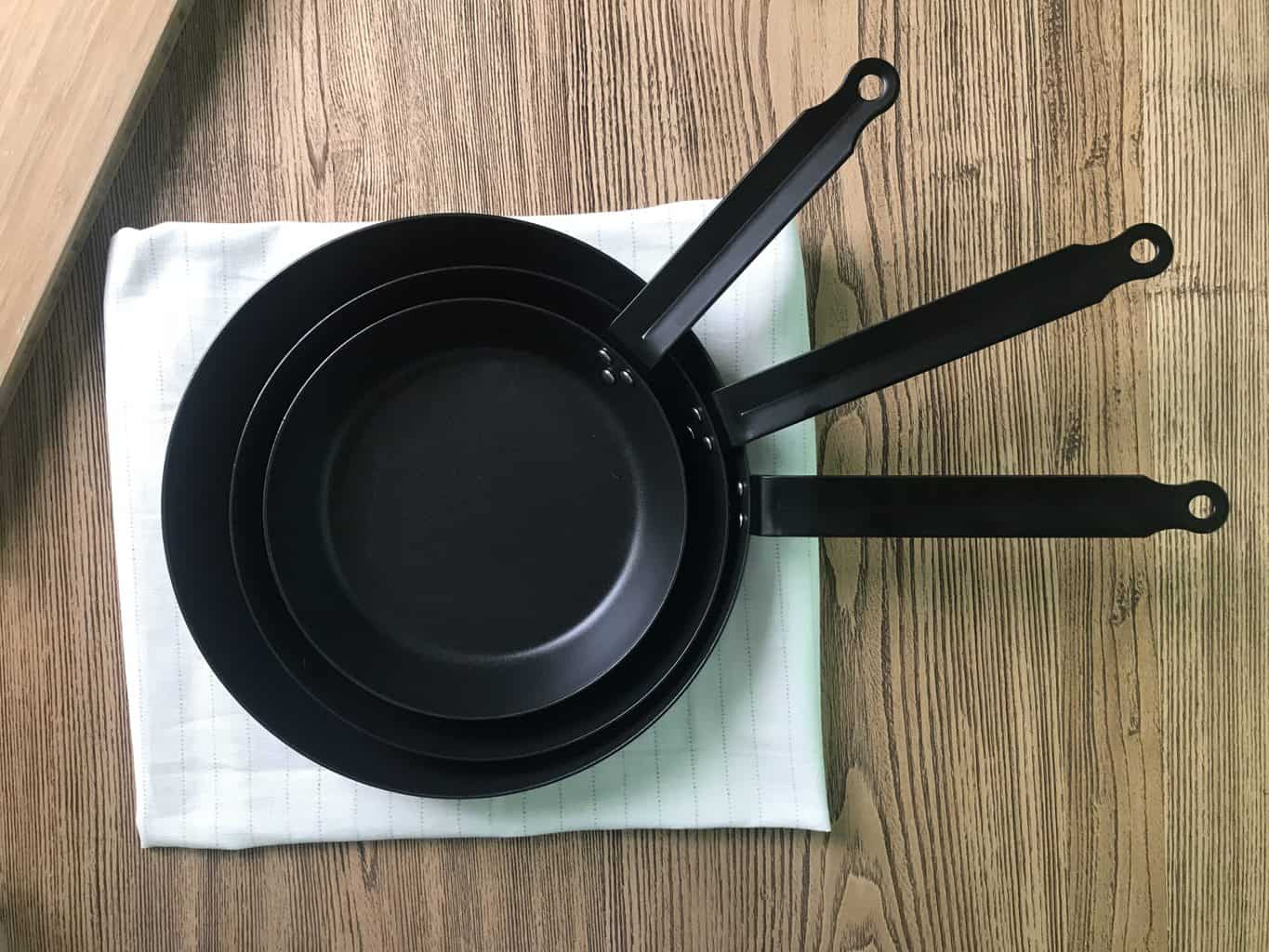As an Amazon Associate we earn from qualifying purchases.
Cast iron and cast steel, even though they are very similar in some ways, are still dissimilar in some other ways.
A cast iron or a cast steel has a considerable difference in its physical nature. In the chemical composition as well as the material content, the differences are not very much.
Cast iron vs. cast steel has really been the topic of debate over time. And, the most appropriate way to determine the winner is just to make discerning differences between the two and the choice would still solely depend on the user.
Cast Iron vs Cast Steel: What Are the Differences?
The first major difference between the cast iron and cast steel is the content of carbon. There still remain some outstanding features of the two which distinguishes them.
Carbon Content
Cast iron is grey, ductile, and malleable. They are irons that have the content of their carbon to be more than 2%.
The content of carbon, though, may confer some physical differences in the cast iron, the chemical nature will still be similar to that of the cast steel.
As for cast steel, they are steel which is of alloy and are steel cast. They contain carbon lower than 2%. This carbon content has a good physical consideration to its repertoire.

Casting Property
The casting property of the cast iron is very good although the elongation, as well as the tensile strength, pose a limitation to it.
Cast iron can be cast in a range of ways, and they also form a good casting tool.
Considering the tensile strength limitation and others, they are used to produce metal which is low in their mechanical properties.
They can be used to build small wheels, small handle, small knives, etc.
They also have some grades which are higher and can be used for more sophisticated casting. No matter their level, though, there is a limitation in their usage.
As for cast steel, they have a considerable elongation as well as tensile strength. In choosing a cast steel for design, there is flexibility as it is very malleable and can accommodate tuning very well. However, their casting nature is still inferior to that of the cast iron from other sources. (Note that some sources also argue otherwise.)
Wearing Resistance
Cast iron is so well adapted for wearing that it can survive friction much more than the cast steel.
The content of the graphite in cast iron creates a sensation such that when there is wearing against its surface, it stands to be resistant and will not wear quickly.
Steel, on the other hand, tend to wear out easily. The content of the alloys in steel pose some limitations in friction and wear. It, however, has good resistance to abrasion.

Corrosion
Cast iron can stand the test of corrosion more easily. The component of cast iron makes it virile to corrosion, unlike the cast steel.
As for the cast steel, it easily corrodes when exposed to conditions which bring about corrosion.
It is important to note, however, that both will oxidize easily when overexposed to moisture.
Hence, it is advisable to keep them away from moisture or other conditions that can affect their easy corrosion.
Maintenance is critical in using cast iron, or cast steel and coating can serve as a good protective measure for them.
Toughness And Resistance
Here, cast steel beat cast iron. Cast steel can easily resist sudden impact, and it will not get deformed or bend.
Cast steel is very tough and has strain forces which are very high.
Cast iron is not so tough and cannot resist much impact without bending or deforming.
Size Reduction Forces
Sometimes, pressures and temperature confer on cast iron and cast steel. In this situation, cast iron will withstand such compressive forces and will not be easily be affected by changes in pressure while cast steel will be susceptible to changes in pressure.
Vibration Absorption
Cast iron with their graphite contents can easily absorb vibration. They are, hence, very ideal for some particular uses. On the other hand, cast steel would not absorb vibration so easily, and this makes them unideal for some situation.
Frequently Asked Questions
Between Cast Iron and Cast Steel Which One Is More Expensive?
Cast steel is more expensive compared to cast iron. This is only because that it has a low melting point with limited ability to mold into any form.
Between Iron and Steel Which One Is Simple to Cast?
Iron is easy to cast. Steel has a high viscosity. It is mild and harder thus not easy to cast.

Deciding on Which to Go For
Although there might be more points to cast iron, your products, don’t forget, will largely determine which one to go for.
Sometimes cast iron may be the most appropriate for your products and other times cast steel may the most appropriate.
Know, however, that you will not stray too much in choosing either of the two. However, there is still a winner between them. Which of them is the winner?

